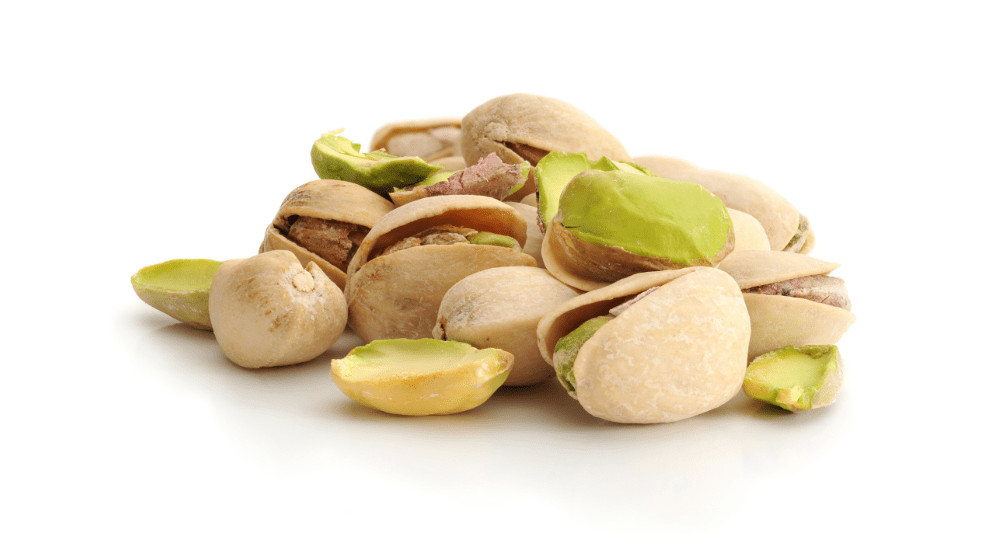 Cat looking curiously at pistachios, questioning if cats can eat pistachios
Cat looking curiously at pistachios, questioning if cats can eat pistachios
As loving cat owners, we’re often tempted to share our favorite snacks with our feline friends. Pistachios, with their unique flavor and satisfying crunch, might seem like a treat we could offer. However, when it comes to feline nutrition, it’s vital to understand that cats have very different dietary needs compared to humans. So, Can Cats Have Pistachios? The straightforward answer is no, cats should not eat pistachios. While not strictly poisonous, pistachios offer no nutritional value to cats and can actually pose several health risks. Cats are obligate carnivores, designed to thrive on a meat-based diet, making nuts like pistachios unsuitable and potentially harmful.
Understanding Why Pistachios Are Harmful to Cats
Several factors make pistachios unsuitable and potentially dangerous for feline consumption. It’s not just a matter of taste; there are genuine health concerns associated with feeding pistachios to cats.
Firstly, high fat content is a significant issue. Pistachios are rich in fats, which, while necessary in small amounts for cats, can be detrimental in large quantities. Excessive fat intake can quickly lead to obesity in cats, a condition that predisposes them to a range of other health problems like diabetes, heart disease, and joint issues. Moreover, a sudden intake of high-fat foods like pistachios can trigger pancreatitis in cats, a serious and potentially life-threatening inflammation of the pancreas.
Secondly, salt toxicity is another major concern. Pistachios are frequently salted for human consumption. Even small amounts of salt, when ingested by cats, can be harmful. Cats are much more sensitive to sodium than humans, and high salt intake can lead to sodium ion poisoning or hypernatremia. Symptoms of salt poisoning in cats include vomiting, diarrhea, excessive thirst and urination, lethargy, tremors, seizures, and in severe cases, it can be fatal.
Finally, pistachios present a choking hazard and can cause intestinal blockages. The size and shape of pistachio nuts, along with their shells, make them easy for cats to choke on, especially if they try to swallow them whole. If ingested, pistachio shells are indigestible and can become lodged in the esophagus, stomach, or intestines, leading to a blockage that may require surgery to resolve. Furthermore, sharp fragments of pistachio shells can cause lacerations and injuries to the mouth, throat, and digestive tract.
Beyond Pistachios: Other Nuts to Keep Away From Cats
While pistachios are problematic, it’s crucial to recognize that other nuts are also unsafe for cats, and some are even toxic.
Macadamia nuts are particularly dangerous. The exact toxin in macadamia nuts is unknown, but even small amounts can cause significant distress in cats. Symptoms of macadamia nut toxicity in cats include weakness, tremors, vomiting, fever (hyperthermia), and lethargy.
Walnuts, especially black walnuts, contain a toxin called juglone. Juglone is toxic to horses and dogs, and while less documented in cats, it’s prudent to avoid walnuts altogether as they could also be harmful.
Almonds, although not typically considered toxic, are also not recommended for cats. Like pistachios, almonds are high in fat and can cause gastrointestinal upset, including vomiting and diarrhea. Their size and shape also present a choking risk.
It’s generally best to avoid feeding your cat any type of nut. “Better safe than sorry” is the guiding principle when it comes to nuts and feline diets.
Safe and Healthy Treat Alternatives for Your Feline Friend
Knowing what not to feed your cat is important, but what are safe and healthy treats you can offer instead? A cat’s primary diet should always consist of high-quality commercial cat food. These foods, available in both wet and dry forms, are specifically formulated to provide all the essential nutrients a cat needs to thrive.
If you want to give your cat a special treat, there are many safe and healthy options:
- Cooked, plain chicken or fish: These are excellent sources of protein, which is crucial for a cat’s diet. Ensure they are cooked without any seasonings, spices, or oils.
- Small amounts of certain vegetables: Some cats enjoy certain cooked vegetables like pumpkin, carrots, or peas. These can provide added fiber and vitamins in moderation.
- Commercial cat treats: A wide variety of cat treats are available in pet stores, designed to be safe and palatable for cats. Choose treats that are low in calories and made with high-quality ingredients. Remember that treats should only constitute a small portion – ideally no more than 10% – of your cat’s daily caloric intake.
Conclusion: Prioritizing Your Cat’s Health and Well-being
While sharing food with our beloved cats can seem like a way to bond, it’s essential to remember their unique nutritional needs. Foods that are healthy and enjoyable for humans, like pistachios and other nuts, can be detrimental to feline health. Feeding pistachios to cats carries risks of pancreatitis, salt poisoning, choking, and intestinal blockage, making them a definite “no-no” for feline diets.
To ensure your cat stays healthy and happy, always prioritize a balanced diet of high-quality cat food and safe, species-appropriate treats. When in doubt about introducing any new food into your cat’s diet, always consult with your veterinarian. They can provide personalized advice based on your cat’s specific health needs and dietary requirements. Responsible pet ownership includes making informed decisions about your cat’s nutrition, and keeping pistachios and other harmful nuts out of their reach is a crucial part of that responsibility. Let’s keep the pistachios for ourselves and focus on providing our feline companions with foods that truly nourish and protect their well-being.

